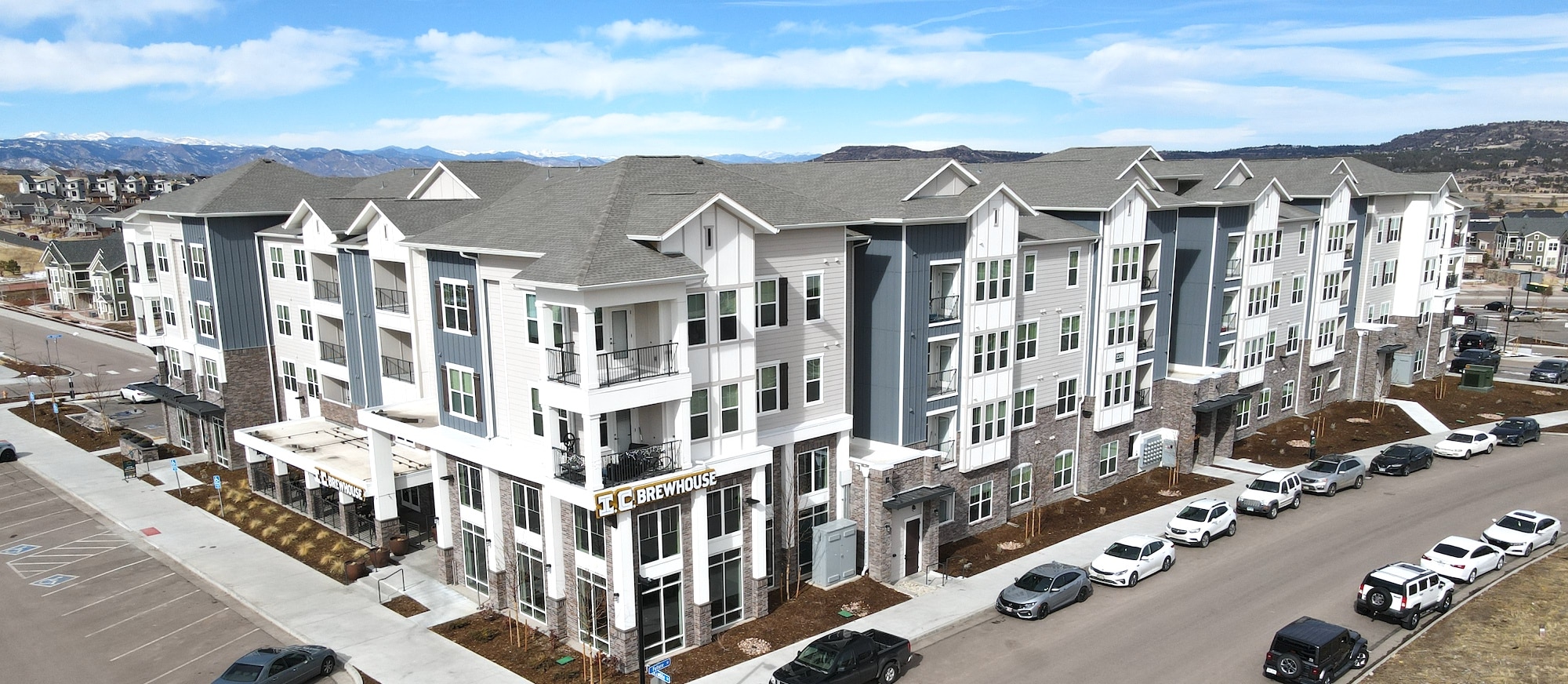While we all wish our roofs could last forever and stand up to the elements without a scratch— that’s not the reality. Roof damage can occur from any number of things and knowing the causes and the signs of roof damage can save homeowners the pain and stress of further roof damage. So our guide will help you know when and what to watch for, and when you need to replace your roof.
Table of Contents
What Is Considered Roof Damage?
Roof damage is any time your roof is damaged enough to increase the risk of air and water leaks and leaves it susceptible to issues. While roofs do experience wear and tear over time as they age, it’s the immediate roof damage that’s most detrimental to the integrity of your roof and home.
Roof damage can be caused by a multitude of things— from severe weather to poor roofing installation. But regardless of the cause, roof damage should be addressed as soon as possible to prevent further issues.
![7 Most Common Types Of Roof Damage [Pictures] roof damage hail](http://weroof.com/wp-content/uploads/2022/08/wind-damage-to-roof-hail.jpeg)
Some common causes of roof damage are:
- Storms and high winds
- Heavy rains
- Trees and other debris
- Hail
- Snow and ice build-up
- Poor roofing installation
All of these can lead to roof leaks, missing shingles, holes in your roof, or worse. So it’s important to know the signs of roof damage and what to do if you see them.
7 Common Types of Roof Damage
Your roof is made up of multiple layers and components that all make up the roofing system. They all work as a total system and when one component is compromised, it is considered roof damage and can affect the whole thing as a whole. Here are some common types or areas of roof damage that may occur throughout the lifespan of your roof:
- Loss of Granules
Granules are the small, pebble-like stones on top of your shingles. They protect your roof from UV rays and also add color to your roof. If you start to see granules in your gutters or downspouts, it’s an indication that they’re coming off of your roof and you may have roof damage.
![7 Most Common Types Of Roof Damage [Pictures] roof damage bald shingles](http://weroof.com/wp-content/uploads/2022/08/granule-loss-on-shingles-bald-1.jpeg)
- Missing or Blown-Off Shingles
Shingles can be blown off for a number of reasons— from severe weather to high winds to just being worn out. If you see any loose, broken, or missing shingles on your roof, it’s important to replace them as soon as possible to prevent further roof damage and leaks.
- Cracked Shingles
When large debris or hail hits your roof, it can hit with enough force to crack your shingles right down the middle. This crack can allow water to seep through and begin to spread into your roof or attic causing water damage and mold growth.
- Missing or Damaged Flashing
Flashing is installed around skylights, chimneys, dormers, etc., and ensures the ends of your roof where it meets a wall or component stay leak-free and provides a waterproof seal. It’s also one of the most susceptible spots on your roof for damage. If you notice damaged flashing anywhere, you may want to tarp the area to prevent leaks and also check the interior of your home for any immediate water leaks.
- Curled Shingles
Older roofs can end up with curled shingles. Shingles can also curl if they were not properly ventilated when your roof was installed. This roof damage can eventually lead to cracked and missing shingles as well.
- Dented Roof Vents or Plumbing Boots
Roof vents and plumbing boots are also susceptible to being hit by large pieces of debris or hail. If you notice any roof damage like this, it’s important to check for leaks inside your home as well.
![7 Most Common Types Of Roof Damage [Pictures] roof damage sagging](http://weroof.com/wp-content/uploads/2022/08/how-to-find-a-roof-leak-sagging-ceiling-1-1.jpeg)
- Pooling Water or Sagging
These are both signs of a serious roof issue, and you’ll want to call a roofing professional right away. If you notice any sagging in your roof or pooling water, it’s an indication that there is a lot of water weight on your roof which could lead to collapse.
These types of roof damage may vary, but so does the cause that gets them there. When your roof is damaged by a storm, you’ll want to be alert and ready to check for damage right away. Untouched damage only causes broader and more costly damage repairs.
Signs Your Roof Is Damaged
Both the exterior and the interior of your home can show signs of roof damage. As a homeowner, it’s up to you to maintain and care for your home and roof. While we recommend getting a professional inspection as part of your regular roofing maintenance, knowing the sign to look for on your own can ensure more frequent and regular roof checks. And the earlier you catch roof damage, the much better off you are!
As you walk around your property after a storm or during spring cleaning, look for the following roof damage symptoms:
- Water stains on the ceiling or attic floor
- Dark streaks on your shingles
- Drafty spots in your home
- Missing, damaged, or cracked shingles
- Clogged gutters or downspouts
- Flipped shingles
- Large debris on your roof
If you notice any of the above signs, the next steps include reaching out to a professional roofing contractor, filing an insurance claim, and scheduling your inspection and repairs.
When to Repair vs. When to Replace a Damaged Roof
No, roof damage does not always require repairs or replacement, but knowing which one to do will depend on many factors. However, there are some loose conditions around when it’s appropriate to repair vs. replace that can help you know what to expect.
![7 Most Common Types Of Roof Damage [Pictures] roof damage tarp](http://weroof.com/wp-content/uploads/2022/08/emergency-roof-repair-tarp.jpeg)
Roof repairs should happen when:
- Only a few shingles are damaged
- One section of flashing is damaged
- There is one small leak into the attic
- Your roof is only a few years old
Roof replacement might be required when:
- Damage is extensive and applies to over 30% of the roof.
- Your roof is over 20 years old (or 15 depending on the material)
- You have structural damage to your roof
- Your warranties or insurance will cover a total roof replacement.
Ultimately, your best bet at determining if your roof is damaged plus whether to repair or replace it can best be found by a professional roofing team like Tectum Roofing.
Choosing the Best Team for the Job
At Tectum, we pride ourselves on our diligence when it comes to getting our customers the best possible roofing solutions and experience they can find.
From roofing repairs to roof replacements and roof maintenance, we’re here for you every step of the way. We understand that roof damage can put a serious damper on your daily life, which is why we work quickly and efficiently to get the job done right.
For more information or to schedule your roof inspection today, contact us here.
![7 Most Common Types Of Roof Damage [Pictures] roof damage loose shingles](https://weroof.com/wp-content/uploads/2022/10/roof-damage-loose-shingles.jpeg)


